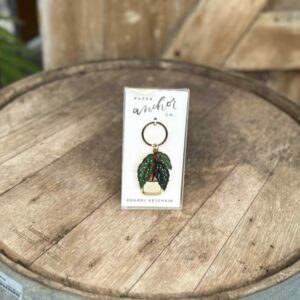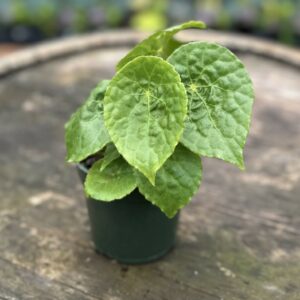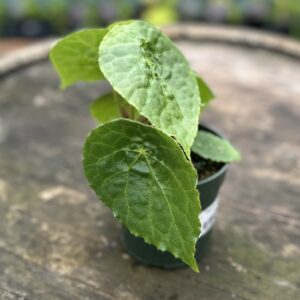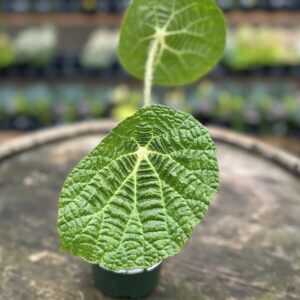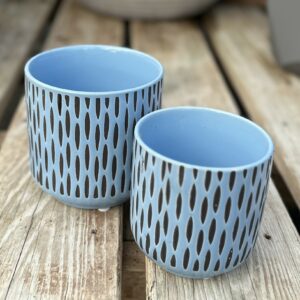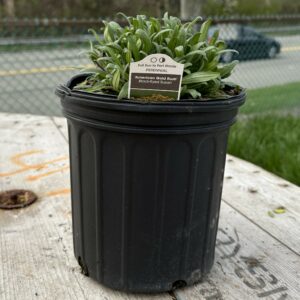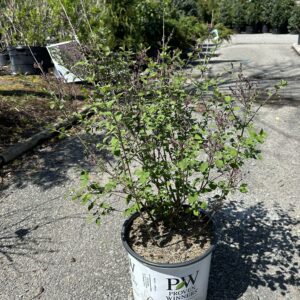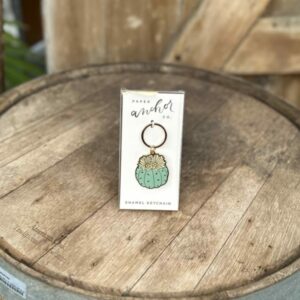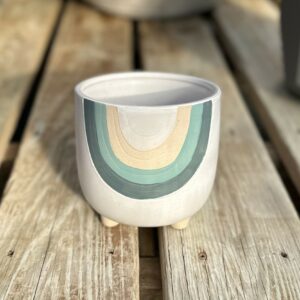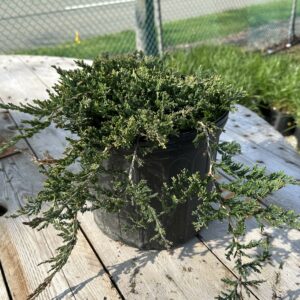$279.99
Blue Atlas Cedar Care
Sunlight: Plant the Blue Atlas Cedar in a location that receives full sun to partial shade. It thrives in areas with ample sunlight but can tolerate some shade.
Soil: Ensure the soil is well-drained and slightly acidic to neutral. Avoid waterlogged or compacted soil, as it can lead to root rot. Incorporate organic matter into the soil before planting to improve drainage and fertility.
Watering: Water newly planted Blue Atlas Cedars regularly to establish a deep root system. Once established, water during dry periods, ensuring the soil remains evenly moist but not waterlogged. Deep watering less frequently is preferable to frequent shallow watering.
Mulching: Apply a layer of organic mulch around the base of the tree to conserve moisture, suppress weeds, and insulate the roots. Maintain a mulch layer of 2-3 inches, but avoid piling mulch against the trunk to prevent rot.
Fertilization: Blue Atlas Cedars generally do not require fertilization if planted in fertile soil. However, you can apply a balanced, slow-release fertilizer in spring if growth appears stunted or foliage color fades. Follow the manufacturer’s instructions for application rates.
Pruning: Minimal pruning is typically required for Blue Atlas Cedars. Remove any dead, damaged, or diseased branches as needed. Shape the tree lightly if desired in late winter or early spring before new growth emerges.
Protection: Protect young Blue Atlas Cedars from harsh winter winds and sunscald by wrapping the trunk with burlap or using a commercial tree wrap. Provide shelter from strong winds if possible to prevent damage to the branches.
Pest and Disease Control: Monitor for pests such as spider mites, aphids, and scale insects. Treat infestations promptly with insecticidal soap or horticultural oil. Blue Atlas Cedars are generally resistant to most diseases but watch for signs of fungal issues such as needle blight and treat as necessary with appropriate fungicides.




